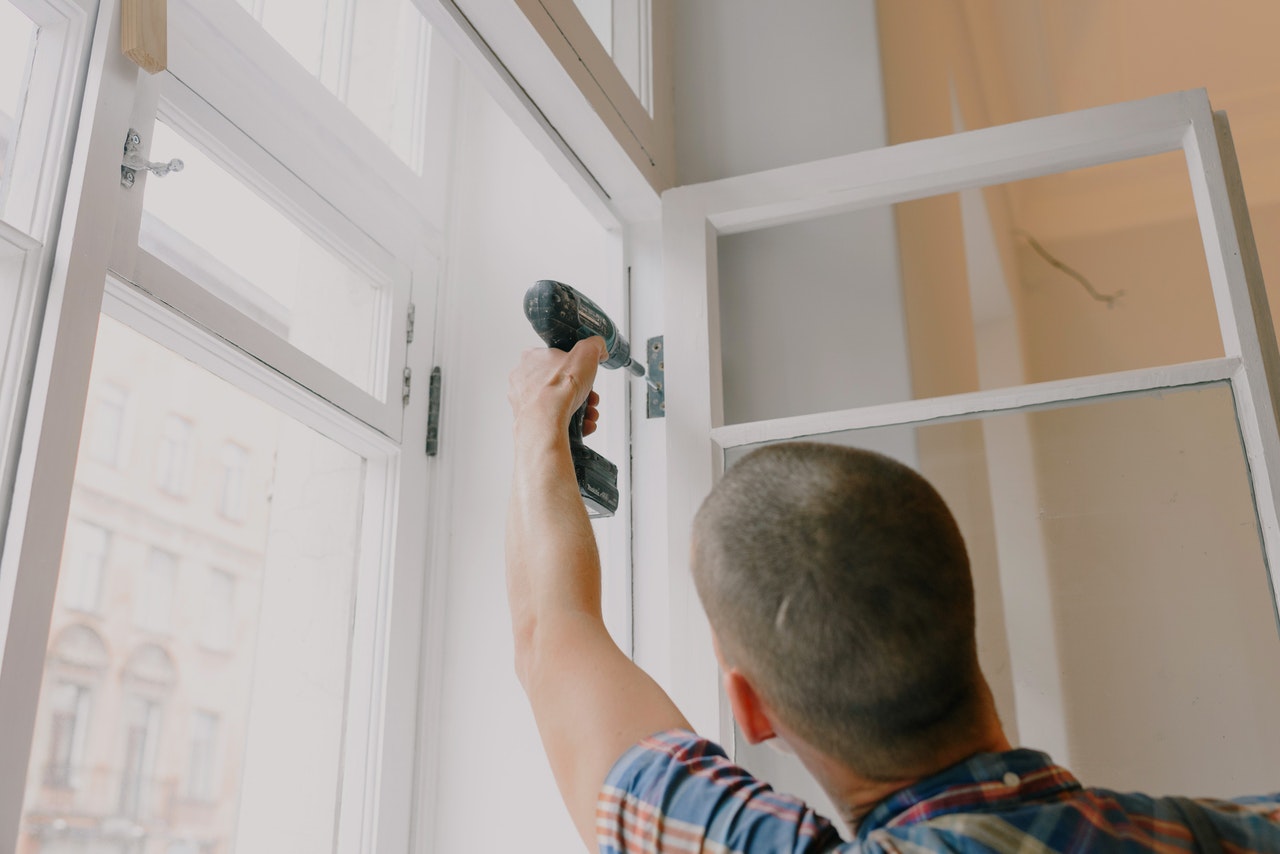Dampness and water can take a toll on your home, leading most homeowners to deal with steep repair costs. Unlike fire, which rarely happens, water damage builds up over time. Luckily, there are quick and easy fixes in waterproofing your home. Here’s how you can waterproof your home—from top to bottom.
Roof
The roof is the first line of protection of any home against water leaks. Unless you’d want to bring your pots out to collect drips from the ceiling, you’ll need to fully waterproof your roof. Ensure that the chimneys, skylights, and plumbings are sealed off. Additionally, in winter, you should check that ice isn’t forming on your roof as it can prevent snow from running off, trapping water, causing you thousands in damages. Hiring general or specialized wood or metal roof repair contractors is an excellent way of ensuring your roof is covered and waterproof. Gutters Cleaning gutters need a lot of elbow grease, but you need all those manual works to remove all obstructions from drains and gutters. This reduces the risk of broken drains or overflow, resulting in a pool of water that can ruin your walls and basement. Check if the metal gutters on your house are not yet corroded. Treat or replace the gutter immediately if you see signs of corrosion.
Foundation
The concrete foundation of your house can develop cracks that allow water to penetrate through walls and to your basement. You can install a dimple mat or membrane which prevents groundwater from penetrating through walls. Check for cracks on the wall, foundation, or floor and immediately fill the gaps with sealants. Exterior Walls One of the critical areas in your home where drafts can enter or warm air can escape around the windows. Once your windows get old, they will lose the seal both in the windows themselves and around the frame. If you can’t purchase new windows, it’s an excellent idea to re-caulk around the frame.

Doors and Windows
Changing weather can change the form of your doors and windows that can allow water to enter your house. The dampness brought by spring can cause your wooden doors and windows to stick and swell. You can fix this by marking the swollen area, removing the door or window carefully, and removing the excess or attaching part using a hand plane or sandpaper.
The bottom of your door is one of the favorite entrances of dust and water. And the solution for this is a Door Sweep. You can install a sweep on your door to prevent water and other outside material from coming into your house. Door sweeps are easy to install. You can choose from sweeps that can be nailed onto the door or the ones with adhesives.
One of your home’s main spots where the water can enter, and the warm air can get out is on the windows’ sides. The windows lose their seal around the frame over time. It costs a lot to purchase and install new windows. It’s better to re-caulk around the window and its frame. Caulking is the process of using a sealant or caulk to seal seams or joints to prevent leakage.
Given how damaging a mere water leak can be to your home and how much value adds up by modernizing to waterproof your house, it can be challenging to put off the task. If you’re fortunate enough, a recently-built home should have decent waterproofing already, but even if you don’t, doing any of the waterproofing techniques mentioned from top to the bottom of your home can save you thousands—while ensuring a dry and safe home.